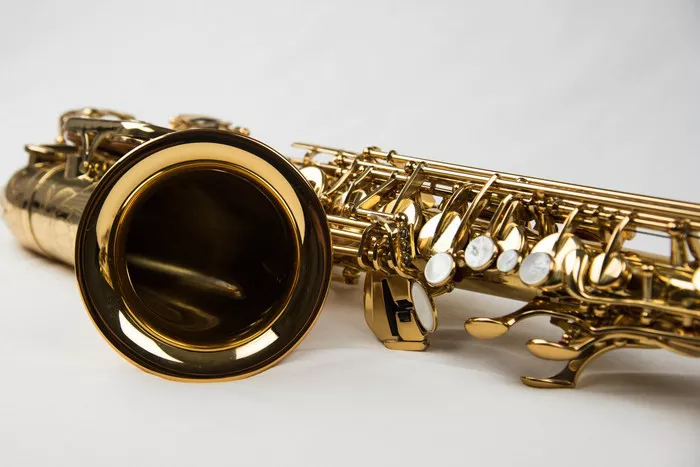The pocket saxophone, a compact and portable instrument, offers a delightful way to explore the world of music. Whether you’re a seasoned musician or a complete beginner, learning to play the pocket saxophone can be both rewarding and enjoyable. In this guide, we’ll walk you through the essential steps to get started on your pocket saxophone journey.
Get to Know Your Pocket Saxophone
The Pocket Saxophone, also known as a mini sax or pocket saxophone, is a compact and portable instrument designed to mimic the sound and fingering of a traditional saxophone. It’s available in various sizes and materials, often made from metal or plastic. While it’s not a replacement for a full-size saxophone in terms of tonal range and projection, it offers a unique and playful way for saxophonists and enthusiasts to practice, experiment, or create music on the go. The Pocket Saxophone is particularly popular among travelers, beginners, or those looking for a more casual musical experience.
Basic Playing Techniques
Let’s dive into the basic techniques to produce sound from your pocket saxophone.
1. Embouchure:
Create an “O” shape with your lips and place them around the mouthpiece. Apply gentle pressure with your top teeth and blow air across the opening to create a sound.
2. Pitch Control:
By covering or uncovering the holes with your fingers, you can change the pitch of the notes. Experiment with different fingerings to produce various tones.
Playing Your First Notes
Now, let’s start playing some simple notes on your pocket saxophone.
1. Start with Low Notes:
Begin by covering all the holes with your fingers. Blow gently into the mouthpiece to produce a low note.
2. High Notes:
Lift your fingers off the holes one by one to create higher notes. The fewer holes you cover, the higher the pitch.
Basic Melodies and Songs
Once you’re comfortable with producing notes, you can begin playing basic melodies and songs. Work on playing scales, which are sequences of notes in a specific pattern. This will help you improve your finger coordination and pitch control. Start with simple songs that you’re familiar with. Practice playing the melodies using the appropriate fingerings.
Developing Technique and Skill
As you progress, focus on refining your technique and expanding your repertoire. Experiment with different levels of air pressure to control the dynamics of your playing. Practice producing both soft and loud sounds. Work on articulation techniques like tonguing to create distinct notes. Use the tip of your tongue to interrupt the airflow and create a crisp sound. Explore different musical styles that interest you, such as jazz, blues, or classical. Each style may require unique techniques and expressions.
Practicing for Progress
Effective practice is essential for improving your pocket saxophone skills.
1. Structured Practice Sessions:
Divide your practice time into focused sessions. Work on scales, exercises, melodies, and techniques separately to ensure comprehensive improvement.
2. Slow and Steady:
When learning new songs or techniques, start at a slow pace. Gradually increase your speed as you become more comfortable.
Resources and Learning Aids
Utilize available resources to enhance your learning experience. Explore online video tutorials and lessons that demonstrate playing techniques, fingerings, and songs. Look for sheet music or tablatures designed for the pocket saxophone. Sheet music provides visual guidance for playing melodies accurately.
See Also: [Revealed!] The Impact of Playing Saxophone on Lung Health
Conclusion
Playing the pocket saxophone is a fulfilling journey that offers endless possibilities for creativity and musical expression. By mastering the fundamentals, exploring advanced techniques, and embracing the joy of making music, you’ll unlock your potential as a pocket saxophonist. Remember, every practice session is a step forward, and with determination and passion, you’ll continue to evolve and amaze yourself and your audience. So, keep practicing, keep exploring, and keep the music flowing!


